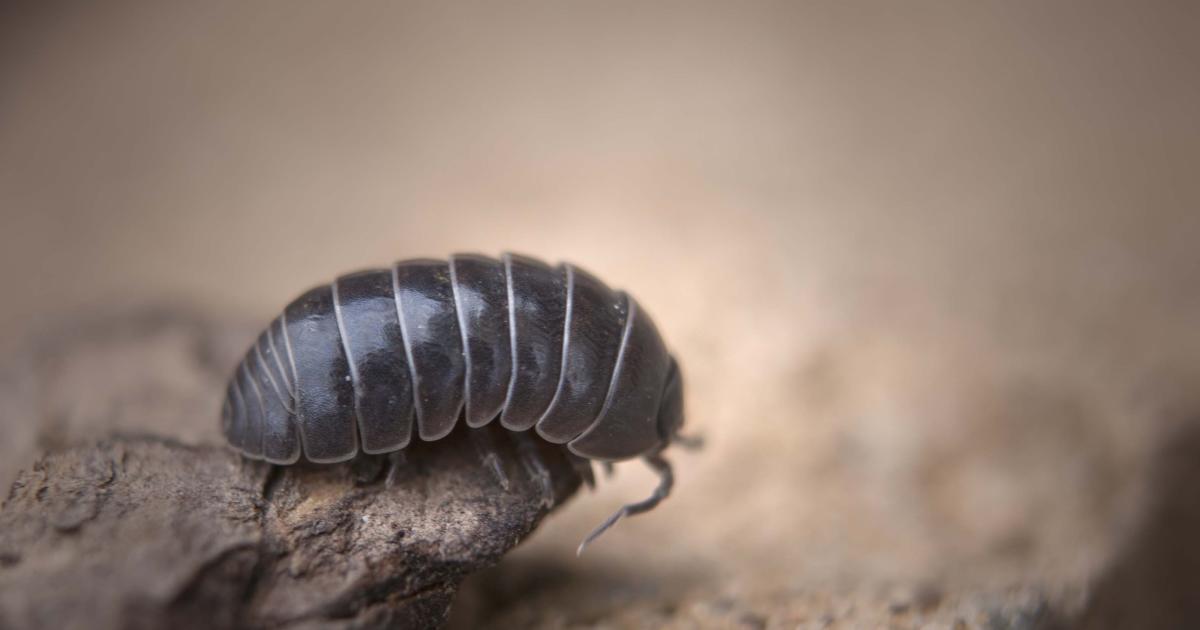
The human hand is an extraordinary evolutionary marvel, boasting 27 degrees of freedom and unparalleled touch sensitivity. However, these unique qualities that make our hands so useful also make them incredibly challenging to replicate in robots. This has led a team of researchers to abandon traditional human-inspired gripper designs in favor of a more unconventional approach involving woodlice.
Of course, the use of woodlice is a vast improvement compared to the desiccated and re-inflated tarantula corpses created by a team of Rice University researchers in 2022. While the tarantula manipulators were an innovative proof of concept by exploiting the natural fluid pressure and flexor muscles used by spiders for locomotion, their limited durability hindered their practicality.
Tohoku University via NewScientist
The new system developed by Dr. Josephine Galipon and her team at Tohoku University builds upon the earlier “necrobotic” spider research but instead uses live insects. In her paper “Biological Organisms as End Effectors,” Galipon highlights the novelty of using whole living organisms as robotic arm end effectors.
The team utilizes both captured woodlice, also known as rolly-pollies, and captive chitons, small marine mollusks, as temporary robotic hands. These animals are provided with 3D-printed seats attached to the end of the robot’s manipulator arm. The woodlice are tasked with manipulating tufts of cotton, while the chitons are used to pick up submerged cork. The initial results show promise, with the woodlice engaging with the cotton for about two minutes before losing interest, and the chitons successfully gripping and requiring active removal from their acquired objects. This success is particularly encouraging given the challenges faced in using suction cups and other mechanical methods underwater. However, further work is needed to refine and optimize these concepts for practical and efficient robotic systems.
The ethical implications of using live animals in these experiments are not overlooked by the research team. Galipon emphasizes the importance of establishing a cooperative relationship with the animals, particularly regarding sentient beings. The goal is to ensure mutual interaction and cooperation rather than coercion. Galipon explains, “It’s a little bit different from domestication, but just a cooperation, where the animal can then go about its day.” While questions about animal welfare persist, this utilization of live organisms appears less invasive compared to other experiments involving cyborg insects.
All products recommended by Engadget are selected by our editorial team, independent of our parent company. Some of our stories include affiliate links. If you buy something through one of these links, we may earn an affiliate commission. All prices are correct at the time of publishing.
Denial of responsibility! SamacharCentrl is an automatic aggregator of Global media. In each content, the hyperlink to the primary source is specified. All trademarks belong to their rightful owners, and all materials to their authors. For any complaint, please reach us at – [email protected]. We will take necessary action within 24 hours.

Deepak Sen is a tech enthusiast who covers the latest technological innovations, from AI to consumer gadgets. His articles provide readers with a glimpse into the ever-evolving world of technology.

